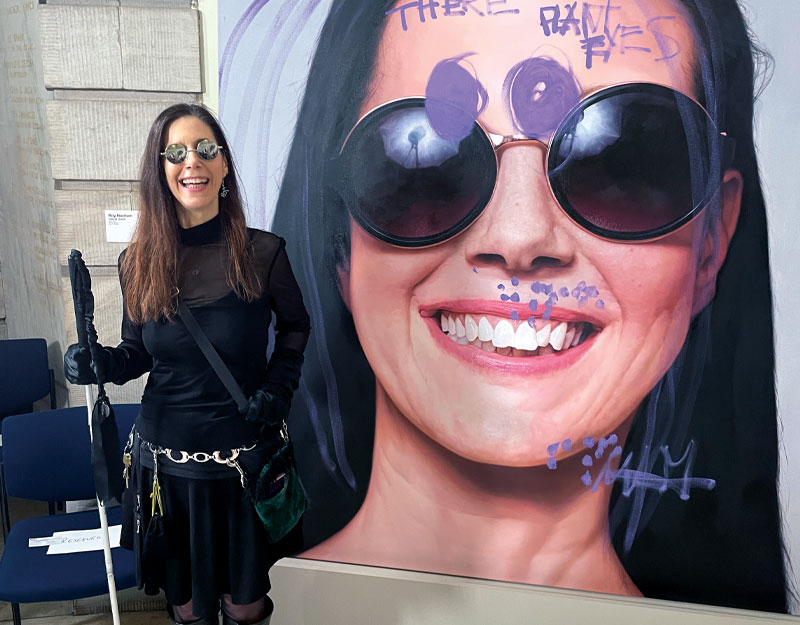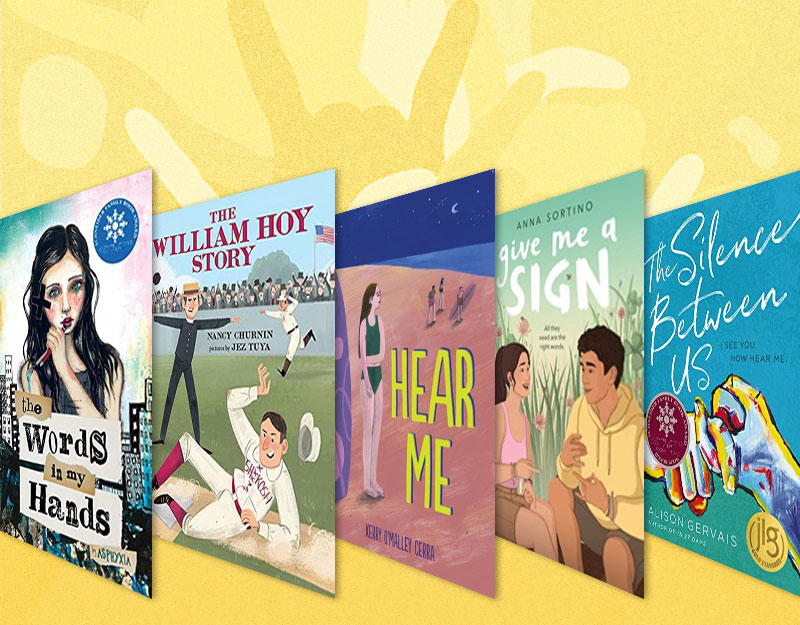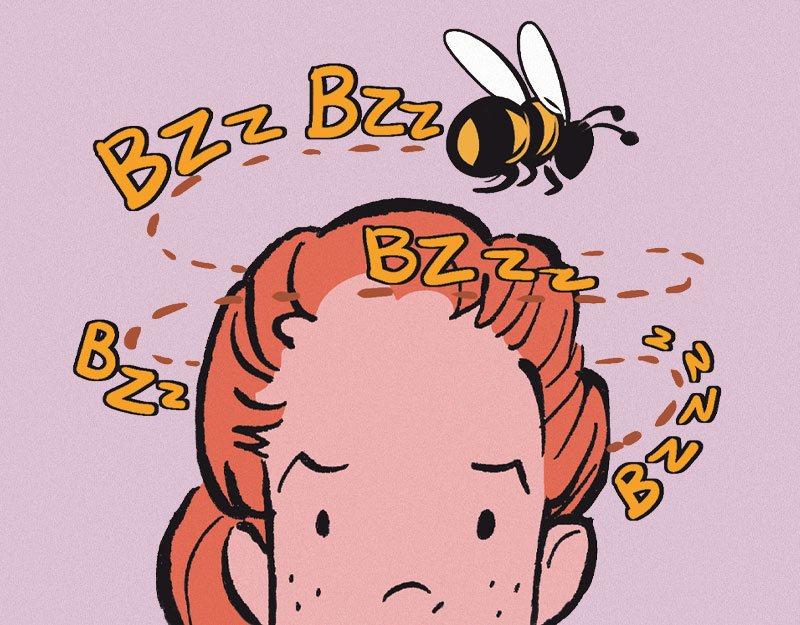Spike, the Mixed-Up Monster
Spike, the Mixed-Up Monster
Written by Susan Hood; Illustrated by Melissa Sweet
Published by Paula Wiseman Books/Simon &
Schuster, 2012
ISBN # 978-1-4424-0601-8
Grades K and up
Book Review
Teaching Ideas and Invitations
- Susan Hood Author Study/Melissa Sweet Illustrator Study. Both Susan Hood and Melissa Sweet have written and illustrated several books for children across the ages. Gather multiple copies of their books to conduct an author study and/or illustrator study. For the author study, ask your students to identify patterns in setting, theme, character, and plot across the books. Examine Susan Hood’s storytelling techniques in the books, as well as the topics and perspectives she writes about in her books. For the illustrator study, survey Melissa Sweet’s illustrations, and identify her artistic style, her artistic idiosyncrasies, and favorite artistic media to use. Gather information about both of these women from their websites listed below, your local librarian, the Internet, and as other biographical sources.
- Axolotls and Other Specialized Salamander Species. Axolotls, like Spike, live in only one place in the entire world: Lake Xochimilco in Mexico City. Additionally, unlike other salamanders, axolotls never develop lungs for living on land. Build a text set with your students about axolotls and other salamanders, making sure to pull texts from a diverse range of genres and modes. For example, you might want to share the nonfiction books, The Salamander Room and Animals Up Close (both listed below), along with several news articles and online informational texts (see below). What else makes axolotls unique among other salamanders, or among the world’s creatures? How are they similar? What ecological and biological issues are challenging the continued existence of axolotls? What can be done to help them?
- (Mis)Judging and Fearing Appearances. Spike, the Mixed-Up Monster presents readers with questions and challenges about judging and fearing others’ appearances. Divide students into literature circles. Share several of the picturebooks listed below that deal with similar issues with characters’ frightful (or tame) appearances, such as Shrek! and No Such Thing. Guide each group to consider the following questions: What judgments are made in the book about other characters? What is the source of the characters’ fears? Are those fears and judgments reasonable or well founded? Why or why not? How do the characters’ confront their fears or question their judgments? What is each of these stories saying about the topic of judging and fearing appearances? What connections or disconnections might these stories have to their own lives? How can they work toward stopping snap judgments and confronting these fears, both in themselves and in others?
- Mixing Languages to Strengthen Voice. Voice is one of the most difficult writing traits for students to grasp and for teachers to teach. Voice is the trait that allows readers to develop a full sense of who is speaking the words on the page, whether it is a narrator, fictionalized character, or the author himself/herself. Spike, the Mixed-Up Monster does a great job of illustrating exactly what voice is, as we read and hear Spike’s own Spanish language. Engage your students in a study of how Susan Hood does this. What words or phrases does she choose to help readers “hear” Spike’s distinct voice as an axolotl? How does he view and describe the same things differently from how other animals do? To further demonstrate the quality of voice, do a reader’s theater activity with excerpts from the novel so students can really hear what Hood is doing in her writing. Then, have students experiment with voice by perhaps writing about the same topic in different voices, including mixing in words from different languages.
- The Interplay of Text and Illustration. As a genre, picturebooks offer a unique opportunity to meld words and artwork to create meaning, with each medium enhancing the other so that both are necessary for readers to develop full understanding. Do a picture walk with students, having them carefully study each of Melissa Sweet’s illustrations only to tell the story. Record their picture walk storytelling with an audio recorder, perhaps on a smartphone, computer, tablet, or digital recorder. Then, cover up the illustrations or retype the text and have them reread only the text of the story. Have students compare and contrast the details and understandings they gained through each mode and medium of storytelling. Then, invite students to write and illustrate their own picturebooks, stressing that picturebooks are much more than “illustrated books” meaning is not just connected through text and pictures, but enhanced and elaborated through the interplay.
Further Explorations
Online Resources
Susan Hood’s website
http://www.susanhoodbooks.com
Melissa Sweet’s website
http://melissasweet.net
Websites about Axolotls
http://www.axolotl.org
http://animals.nationalgeographic.com/animals/amphibians/axolotl/
http://www.edgeofexistence.org/amphibians/species_info.php?id=552
http://www.caudata.org/cc/species/Ambystoma/A_mexicanum.shtml
http://www.lpzoo.org/animals/factsheet/axolotl
News Articles about Issues Related to the Axolotl
http://www.nytimes.com/2012/10/31/world/americas/struggle-of-axolotls-mexicos-mythical-salamander.html?pagewanted=all&_r=0
http://articles.washingtonpost.com/2012-03-07/world/35449668_1_xochimilco-exotic-fish-canals
http://www.sciencedaily.com/releases/2012/09/120925152139.htm
http://www.wired.com/wiredscience/2009/07/regeneration/
http://blogs.scientificamerican.com/guest-blog/2011/04/13/regeneration-the-axolotl-story
http://science.discovery.com/video-topics/strange-creatures/weird-creatures-axolotl.htm
http://www.youtube.com/watch?v=OLwQpU0Ga80
http://www.youtube.com/watch?v=mRpxvJ2ZYtw
http://www.youtube.com/watch?v=JtbbCp1MF-s
“Axolotl” – a short story for older readers by Julio Cortázar
https://www.msu.edu/user/eisthen/lab/Cortazar.pdf
Books
Koller, J. F. (1997). No such thing. Ill. by B. Lewin. Honesdale, PA: Boyds Mills Press.
Mazer, A. (1991). The salamander room. Ill. by S. Johnson. New York: Knopf.
McGhee, A. (2006). A very brave witch. Ill. by H. Bliss. New York : Simon & Schuster Books for Young Readers.
Siwanowicz, I. (2009). Animals up close: Zoom in on the world’s most incredible creatures. London: DK Publishing.
Steig, W. (1990). Shrek! New York : Farrar, Straus & Giroux.
Stone, J. (1972). The monster at the end of this book. Ill. by M. Smollin. New York: Golden Books.
Willems, M. (2005). Leonardo, the terrible monster. New York: Hyperion.
Winters, K. (1997). The teeny, tiny ghost. Ill. by L. Munsinger. New York: HarperCollins.
Filed under: Fiction Picture Books, Picture Books
About Grace Enriquez
Grace is an associate professor of language and literacy at Lesley University. A former English Language Arts teacher, reading specialist, and literacy consultant, she teaches and writes about children’s literature, critical literacies, and literacies and embodiment. Grace is co-author of The Reading Turn-Around and co-editor of Literacies, Learning, and the Body.
ADVERTISEMENT
ADVERTISEMENT
SLJ Blog Network
2024 Books from Coretta Scott King Winners
The Ultimate Love Letter to the King of Fruits: We’re Talking Mango Memories with Sita Singh
Monkey King and the World of Myths: The Monster and the Maze | Review
Parsing Religion in Public Schools
The Tortured Poets Department Poetry Party Part 2: DIY Frames for Your Instant Photos
ADVERTISEMENT







